-
Windows
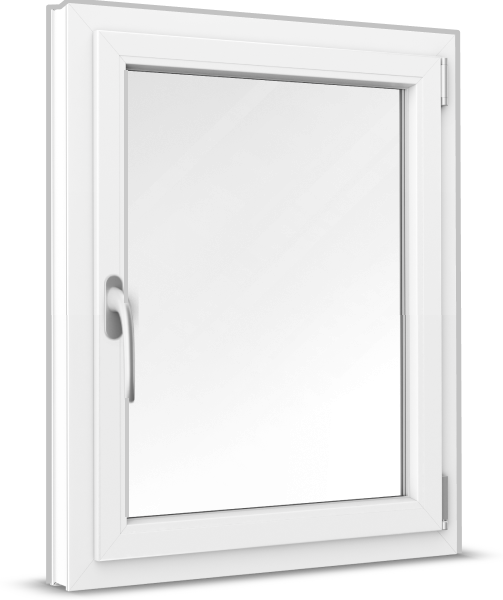 Windows
Windows
-
French Doors
 French Doors
French Doors
-
Patio Doors
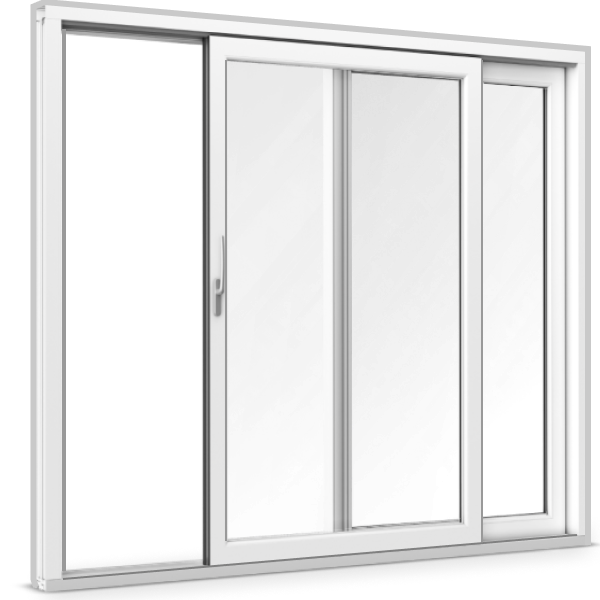 Patio Doors
Patio Doors
-
Front Doors
 Front Doors
Front Doors
-
Roller Shutters
 Roller Shutters
Roller Shutters
-
Window Sills
 Window Sills
Window Sills
-
Sign in
Contact us
Windows have to serve several functions simultaneously: They should open and close easily, provide thermal insulation and protect against drafts while still offering a perfect view. In order to fulfill all these requirements, it is critical that windows are properly adjusted. Luckily, adjusting windows yourself is easy to do without the expense of hiring professional help. With the right tools and our how-to guide, you’ll be all set..
Tools
Before beginning, double check that you have all of the necessary tools in front of you, so you won’t need to stop in the middle of something. Confirm you’ve got the right screwdrivers and Allen keys (hex wrench) before starting to adjust the window. It is also a good idea to read through the entire article first so you already have a good idea of the whole process.
In order to properly work on and adjust your window, it is important to first understand how a casement window opening mechanism works. The most common is the "tilt and turn"-mechanism, consisting of several elements:
This article outlines how to adjust modern casement windows. These are usually equipped with adjusting screws in the hinge bearings, while older models may not be. We recommend consulting professionals if you own older windows. To begin with, you should check whether the window has the respective adjustment elements. You can easily recognize them by the cover caps on the hinge side.
Regardless of what material your window is made of, there is no difference in the adjustment process. All steps are the same, meaning you can adjust uPVC windows the same way as aluminum or wooden ones.
There are four ways of adjusting windows:
When adjusting new windows, all of these steps should be taken. However, if a window has warped over time, you may only need to take one of these steps, based on how your window is malfunctioning. The actual adjustment process can be divided into two different types of steps – must-do steps and those that depend on the malfunction.
There are a number of steps which will have to be performed no matter what.
Non-parallel running casements can be adjusted via the corner bearing:
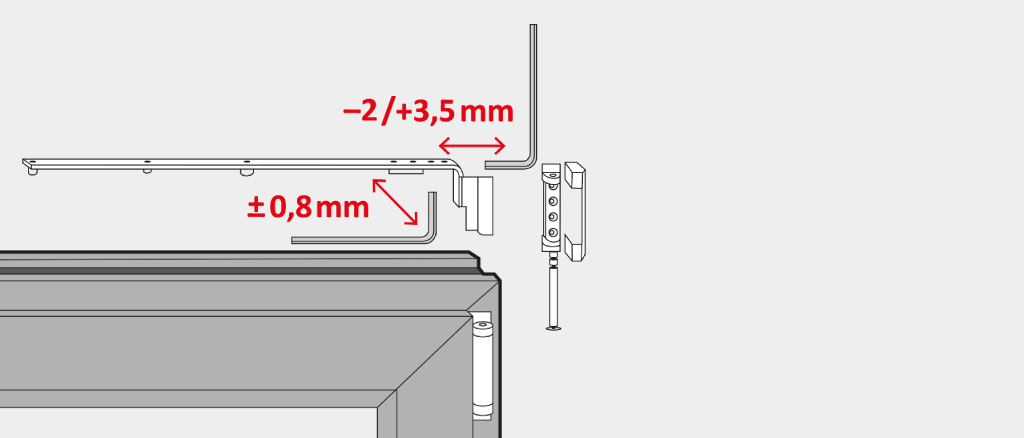
If the window is jamming at the left or right-hand sides, you should make lateral adjustments on the horizontal plane. This is done with both bearings.
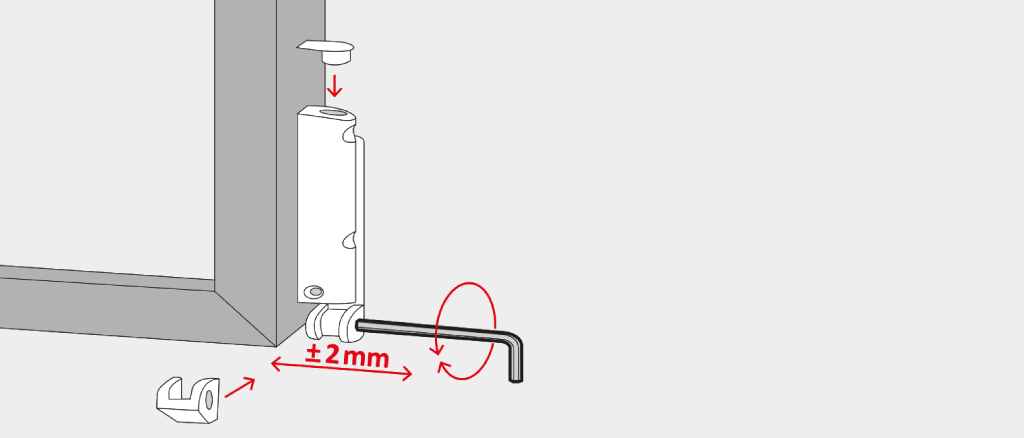
If the window casement brushes against the lower or upper parts of the frame during opening or closing, you may have to adjust its height.

Special adjustment is necessary if the casement is centered in the frame, but there is still a noticeable draft – or when opening the window is easy but closing it requires a lot of effort. The following steps will explain how to adjust the contact pressure:
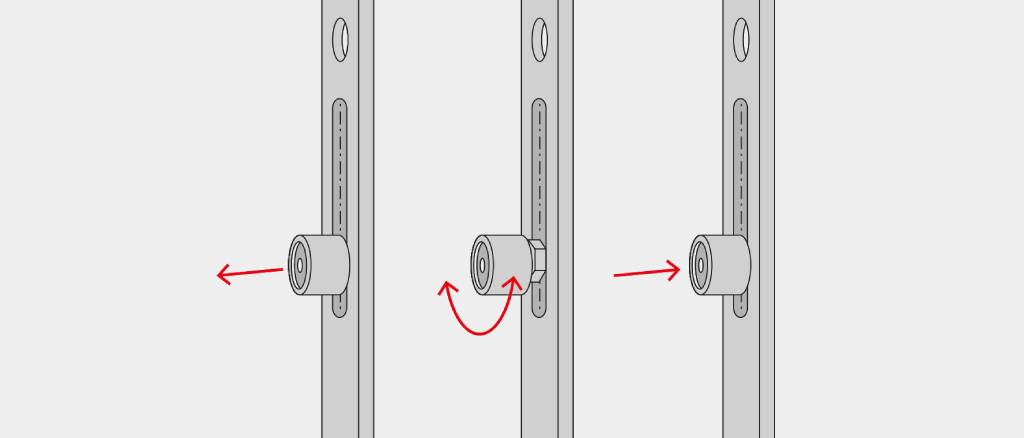
By following these steps, it should be easy for home owners and DIY enthusiasts to adjust windows on their own whenever required. Knowing the techniques behind the adjustment process and understanding the window mechanism can help you avoid spending money on professional help. Furthermore, these steps also work for adjusting patio or balcony doors.